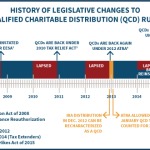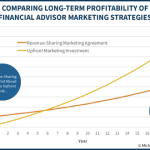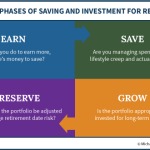Historically, most financial advisors have gained new clients by networking with local peers and centers of influence, and generating referrals from existing also-local clients. The end result was that most advisors had a base of clients who all lived in their immediate geographic area.
In this week’s #OfficeHours with @MichaelKitces, my Tuesday 1PM EST broadcast via Periscope, we look at whether this strategy of living where you prospect for clients is really still necessary, particular for new advisors who come into the industry with a plan to buy an existing advisor's practice. If you buy an advisory firm in a town, does that commit you as the new advisor to be there as well?
While working with clients locally is still comfortable for many, the reality is that the increasingly availability of digital tools is arguably making it less necessary than ever to live where your clients are. For many advisors, this already happens naturally, either because clients who originally lived in the area move away (and now become distance-based clients), or because the advisor moves (due to other life circumstances) and leaves a client base behind, who are then serviced from a distance (or perhaps with occasional in-person trips back to the area).
Of course, if the goal as an advisor is to build a niche as "the local advisor" in town - especially popular for many advisors living in a small town environment - living where your clients and prospects are is crucial to the networking and prospecting process itself. But with the growing potential to build a niche-based practice beyond your local geographic area, ironically being local to clients may only be necessary if you niche is being the local advisor in the first place!
For new advisors, though, the reality is that worry about where to prospect shouldn't necessarily be of paramount concern to begin with. The first priority is simply to learn the technical competency skills of being a financial advisor, completing the CFP educational requirement and passing the exam, completing the experience requirement, and learning the relationship management skills necessary to retain and service clients effectively. When it comes time to hone the business development skill, you can decide then whether you want your niche to be as a local advisor, or to work with distance-based clients, or to pursue another path altogether once you see how your career evolves!









